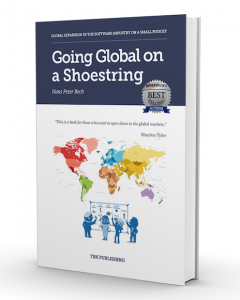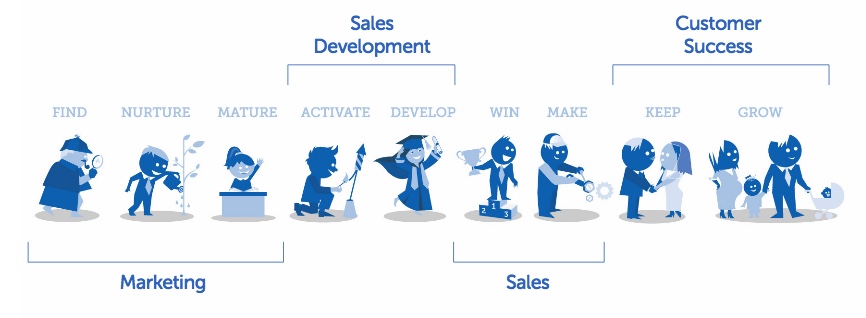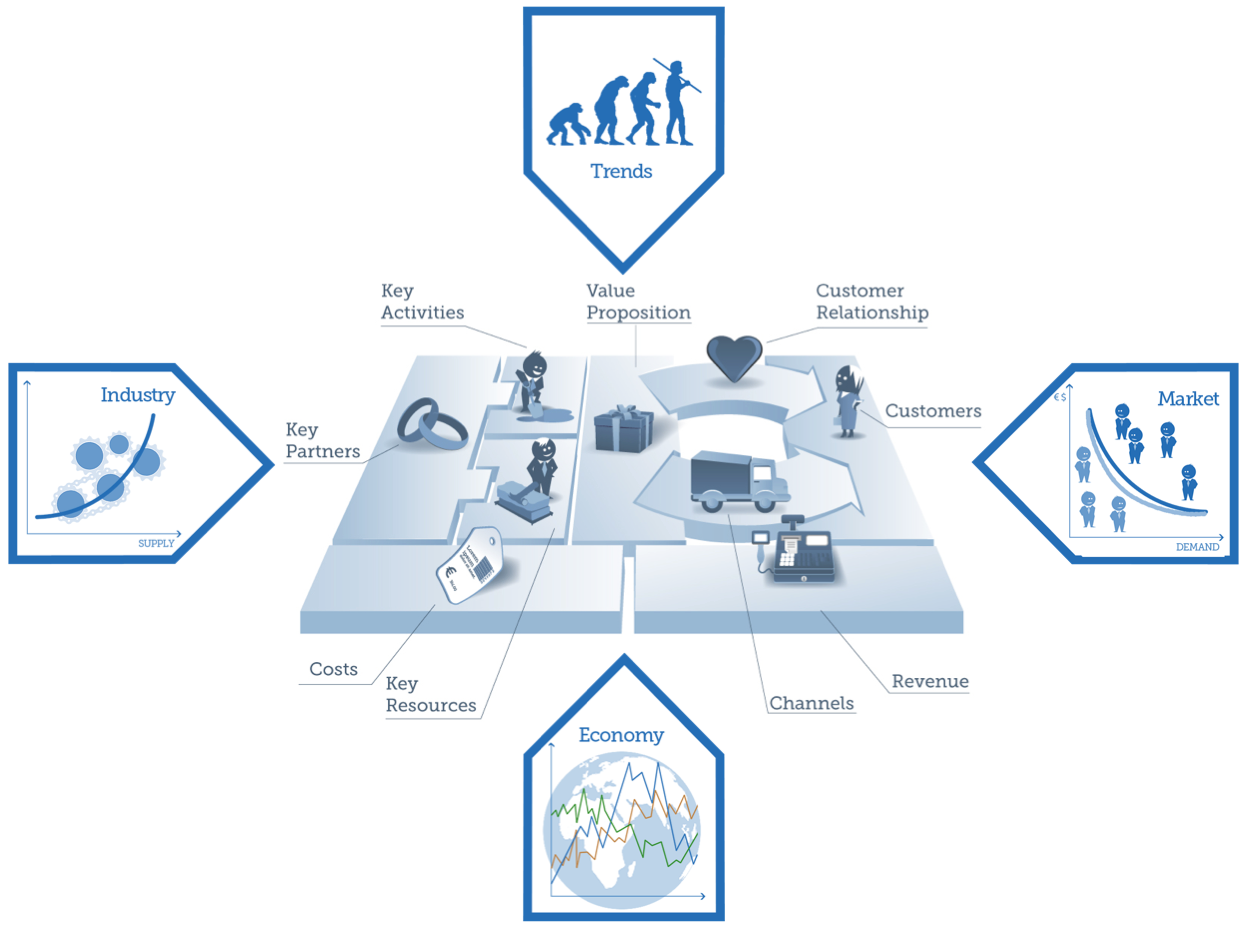International Expansion Is a Business Development Effort
A business development team does not have a sales target and is not on commission plans. The outcome of a business development effort is either the definition of an attractive market position or a decision to abandon the project. Both results are legitimate.

As the title of my recent book suggests, the approach doesn’t require massive investments. A shoestring is an aphorism for minimal financial means. Going global on a shoestring means expanding internationally on a small budget.
So how much is that? How small is small?
As with anything else in business, that depends, but let’s just say that it is an amount of money that you can afford to lose.
If you are venture-funded, then you can, by definition, lose more than you personally can afford because you can also lose the investors’ money. That option is not available if you bootstrap. The venture-funded model is per definition, not a shoestring approach. However, if you bring in external funding to scale a business model that you have proven works abroad, then the first part of the journey could have been done on a shoestring. Venture funded software companies are welcome to read along and take away what they believe also applies to them.
Going Global on a Shoestring is a book about how to get the first customers outside your domestic market. We could call it establishing the bridgeheads or the foundation for further growth. Getting the foundation in place and then scaling it to market leadership are two very different tasks. This book is mainly about the first task and not so much about the other.
Building the bridgehead in a foreign country or the foundation for international sales is mostly a business development effort.
Growing to market leadership is always a marketing and sales effort.
Business development

Business development is the discipline of finding a fit between your product and a well-defined segment in the market, which is not completely saturated by competitors. You can also call this your position. With well-defined, I mean that you can quickly identify potential customers with identical characteristics that will very likely have a compelling need for your product now or in the foreseeable future. Likewise, potential customers can quickly identify with you as a relevant supplier of software that is important to them. During their buying journeys, such customers will look for the same kind of information and require the same sort of proof of value.
The objective of the business development effort is finding a business model that can scale. Getting the position right, that is the match between your product or value proposition and a well-defined and available segment in the market, are the critical elements in the quest for a scalable business model.
The business development process will very likely entail adjustments to the features of your current product, your current position and, therefore, also to the marketing and sales material and the method that you will need for winning customers abroad.
A business development team does not have a sales target and is not on commission plans. The outcome of a business development effort is either the definition of an attractive position or a decision to abandon the market. Both results are legitimate.
Marketing and Sales
Marketing and sales are the tactical front-office activities required to scale the business model from the chosen position. You can only do this effectively if your potential customers have fairly identical needs and buying journeys. The objective of marketing and sales is scaling the revenue generation process. This requires investing in marketing activities that can take the same messages to more potential customers and in people that can help the customers with fairly identical needs to complete their buying journey.
Marketing and sales are the labels for the process of systematically generating revenue with the product in the chosen market from a particular position in the race for market leadership. You can predictably scale the revenue generation process by investing more in marketing activities and by adding more salespeople. You know what it takes to generate more leads, and you know which skills are required for performing the sales portion of the revenue generation process.

Understanding the difference between business development and marketing-sales is the key to success, in foreign markets, too! The number one reason for failure in getting an international business up and running is approaching the opportunity as a tactical marketing and sales task. Sometimes it is, but mostly it is not. It depends on your product and the nature of the new market. If the business model environment is the same as at home, then it is a marketing and sales task. If the business model environment is different, then you need to complete the business development process first.

The reason that we mix up business development and sales is that on the surface they look very much the same. Both sets of activities require getting appointments with customers and having conversations about their needs, requirements, plans and expectations. It is the objective of these conversations that are very different.
As this book is written for software companies looking to get their first international customers, I assume that they are looking to expand their current business model into foreign markets. This is not just a semantic nuance. A small company cannot run multiple business models at the same time. For new markets, you may need to adjust a few things in your current business model, but the basic building blocks must remain the same.
This post is an excerpt from the book Going Global on a Shoestring.
Click here to order.






